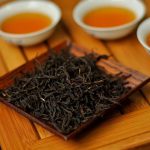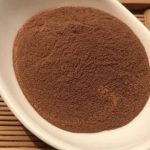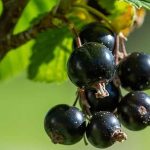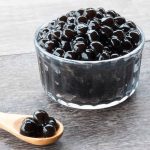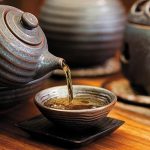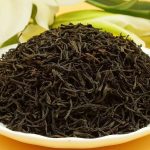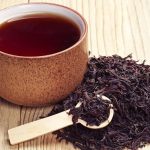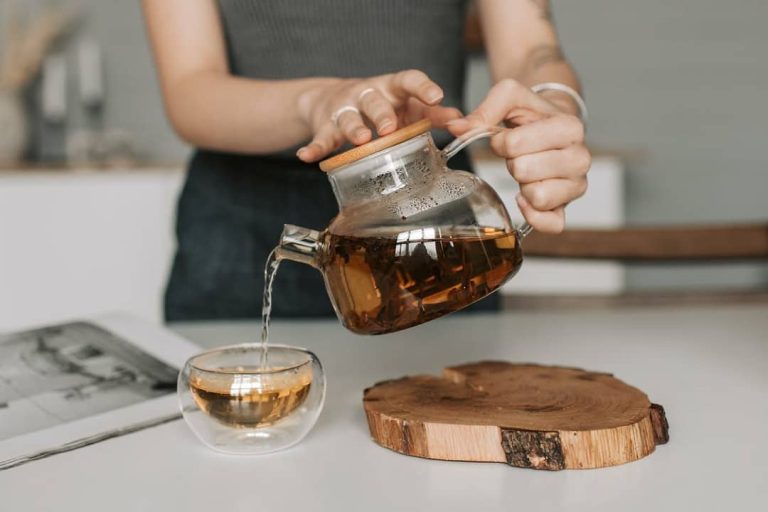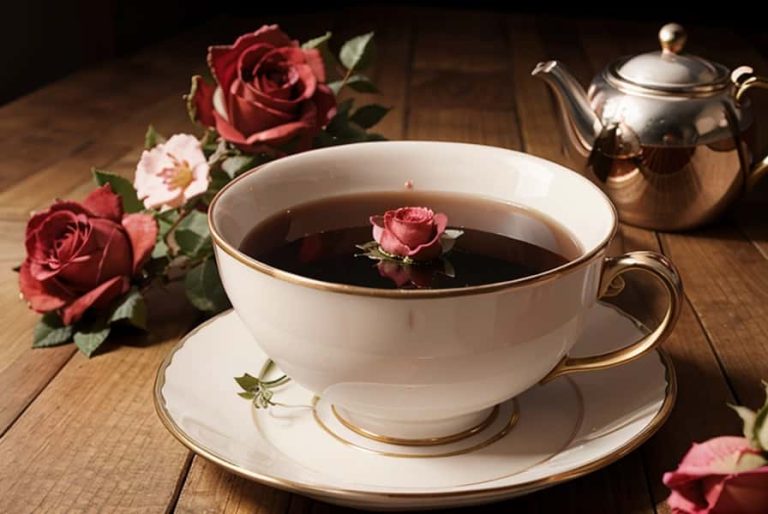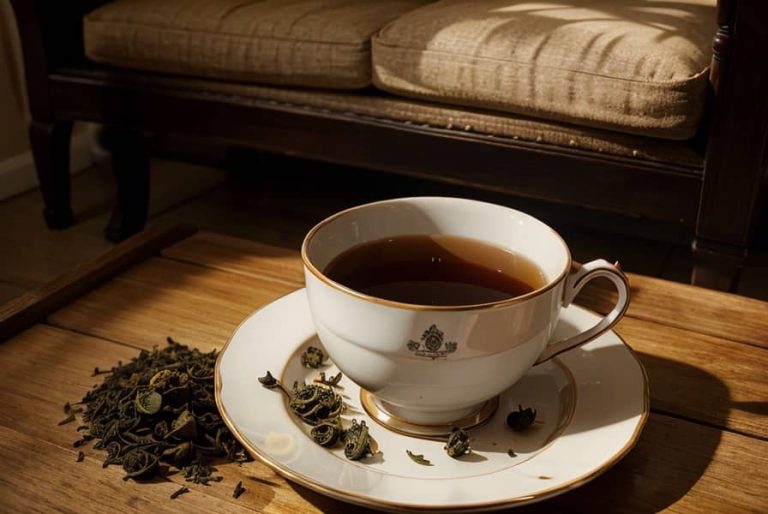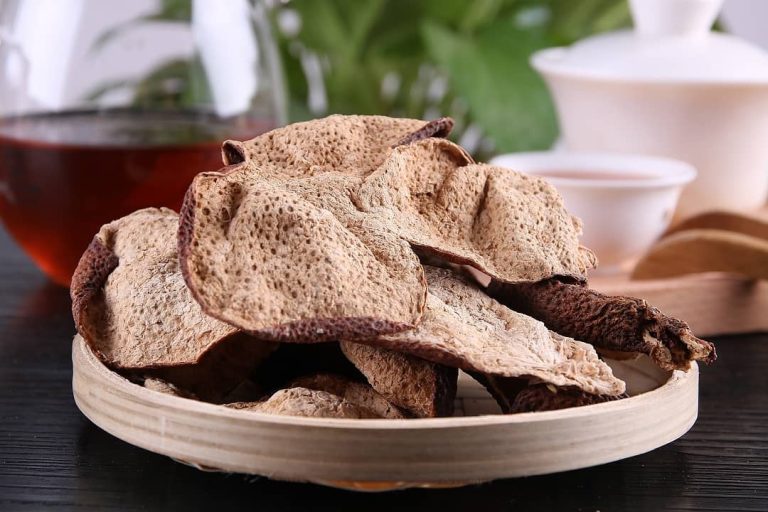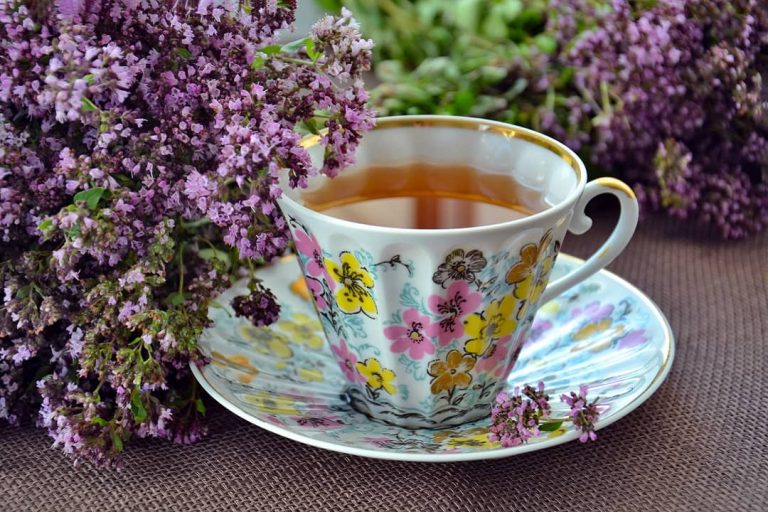Understanding Black Tea Grades: A Guide to Appreciating Quality Tea

Black tea is one of the most beloved and widely consumed beverages around the world. Its rich flavors, robust aromas, and potential health benefits have made it a favorite among tea enthusiasts. However, not all black teas are created equal. The grading system used to classify black teas plays a significant role in determining their quality and flavor. In this article, we will delve into the world of black tea grades, exploring their definitions, significance, common types, factors affecting grades, and the benefits of understanding them.
Definition and Significance of Black Tea Grades:
The grading system for black tea categorizes teas based on various factors such as leaf size, appearance, and processing techniques. Grades serve as an essential tool in determining the overall quality and characteristics of the tea. Smaller leaf sizes, such as broken leaf grades, tend to release more flavor and brew faster. On the other hand, larger leaf grades, including whole leaf grades, often offer a more nuanced and complex flavor profile. Understanding these distinctions allows tea lovers to make informed choices when selecting their preferred black tea.
Common Black Tea Grades:
- Broken Leaf Grades: Broken Orange Pekoe (BOP), Broken Pekoe (BP), Broken Orange Pekoe Fannings (BOPF) are examples of broken leaf grades. These grades are known for their smaller leaf sizes and are commonly used in tea bags. They offer bold, strong flavors and are ideal for those seeking a robust cup of black tea.
- Leaf Grades: Orange Pekoe (OP), Orange Pekoe A (OPA), Flowery Orange Pekoe (FOP) are examples of leaf grades. These grades consist of larger, whole leaves with a distinct appearance. They provide a balanced flavor and are often favored for their versatility, suitable for both plain and flavored teas.
- Whole Leaf Grades: Finest Tippy Golden Flowery Orange Pekoe (FTGFOP), Special Finest Tippy Golden Flowery Orange Pekoe (SFTGFOP) represent the pinnacle of black tea grades. These grades consist of whole, unbroken leaves with a high proportion of golden tips. They are prized for their exceptional quality, delicate flavors, and exquisite aromatic profiles.
Factors Affecting Black Tea Grades:
The grading of black tea is influenced by various factors:
- Geographical Origins: Different tea-growing regions yield distinct flavors and qualities. For example, Darjeeling tea from India and Keemun tea from China have their own renowned grades and flavor profiles.
- Cultivation and Harvesting Techniques: The way tea is grown and harvested can affect the leaf quality and subsequent grades. Factors such as altitude, soil conditions, and plucking standards play a crucial role in determining tea grade.
- Processing and Sorting Methods: Tea production involves several stages, including withering, rolling, oxidizing, and sorting. Each step contributes to the tea’s final grade. Meticulous processing and precise sorting techniques help ensure consistency within each grade.
Benefits of Understanding Black Tea Grades:
Understanding black tea grades provides several advantages:
- Informed Purchasing Decisions: With knowledge of tea grades, consumers can make educated choices when purchasing tea, ensuring they select the type that aligns with their preferences and desired flavor profile.
- Appreciation for Quality: By understanding the nuances of black tea grades, tea enthusiasts can develop a deeper appreciation for the craftsmanship and expertise involved in producing high-quality teas.
- Tailored Brewing Techniques: Different grades require varying brewing techniques to fully unlock their flavors. Knowing the grade allows tea drinkers to adapt brewing parameters such as water temperature and steeping time to maximize taste and enjoyment.
Conclusion:
Black tea is a beverage that offers a wealth of flavors and experiences. Understanding black tea grades empowers tea lovers to explore the diverse world of teas and appreciate the unique qualities each grade has to offer. By knowing the significance of grades, identifying common types, recognizing factors influencing grade, and understanding the benefits of this knowledge, tea enthusiasts can elevate their enjoyment of black tea and embark on a delightful journey of flavors and aromas. So, the next time you sip a cup of black tea, remember to savor the artistry that lies within its grade.

